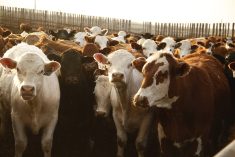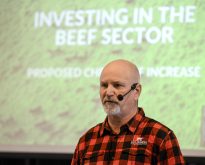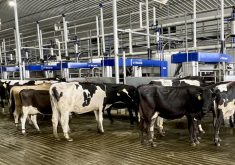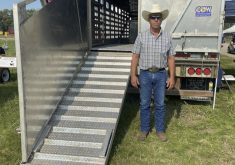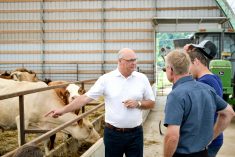Better forage quality starts with early planning.
That was the message to attendees of the Eastern Ontario Crop Conference by Corteva account manager Ashley Knapton, who discussed quality forages alongside Hilary Prinzen of Trouw Nutrition. Both spoke to the importance of considering end goals when planting forage.
Why it matters: Planning and foresight can lead to improved forage quality and yield for Ontario farmers.
Read Also

Dissolving eartags could make pig traceability easier
A dissolving eartag for market hogs, called Clean Trace could reduce processing challenges and enable more individual management of pigs.
“Forage starts long before we are even in the field,” said Knapton. “I’m a planner. I want to make sure we are taking some time to map out exactly what we need.”
She said this planning is especially important in Eastern Ontario, where winterkill is common.
“I’m a big fan of not having any emergency forages. Let’s make sure we take the emergency out of that. Let’s have our plan B right now.”
She stressed the importance of watching the weather, noting time of maturity and harvesting at the best time.
Prinzen said the ultimate use of planted forage should be considered at the start.
“Knowing where your forage is going, if it’s going to your beef cows, if it’s going to your goats, if it’s going to your dairy, your dry cows, that makes a difference on where we want those quality benchmarks to be,” she said.
Though temperature, light and moisture levels are out of producers’ hands, harvest conditions and proper bunk management can make or break forage quality. Producers should focus on maturity at time of cutting, moisture at harvest, time of day for cutting and whether to use inoculants.
Prinzen also emphasized the importance of proper bunk management when silage is cut and stored. Holes in plastic wrapping, wildlife damage, slow feed out and inconsistent bunk faces can affect forage quality and livestock nutrition.
Knapton also said quantity should occasionally take precedence, depending on the number of animals to be fed.
“Saying ‘I’m going to sacrifice a bit of quality to make sure I have full bunks’ sometimes can be worth it.”





